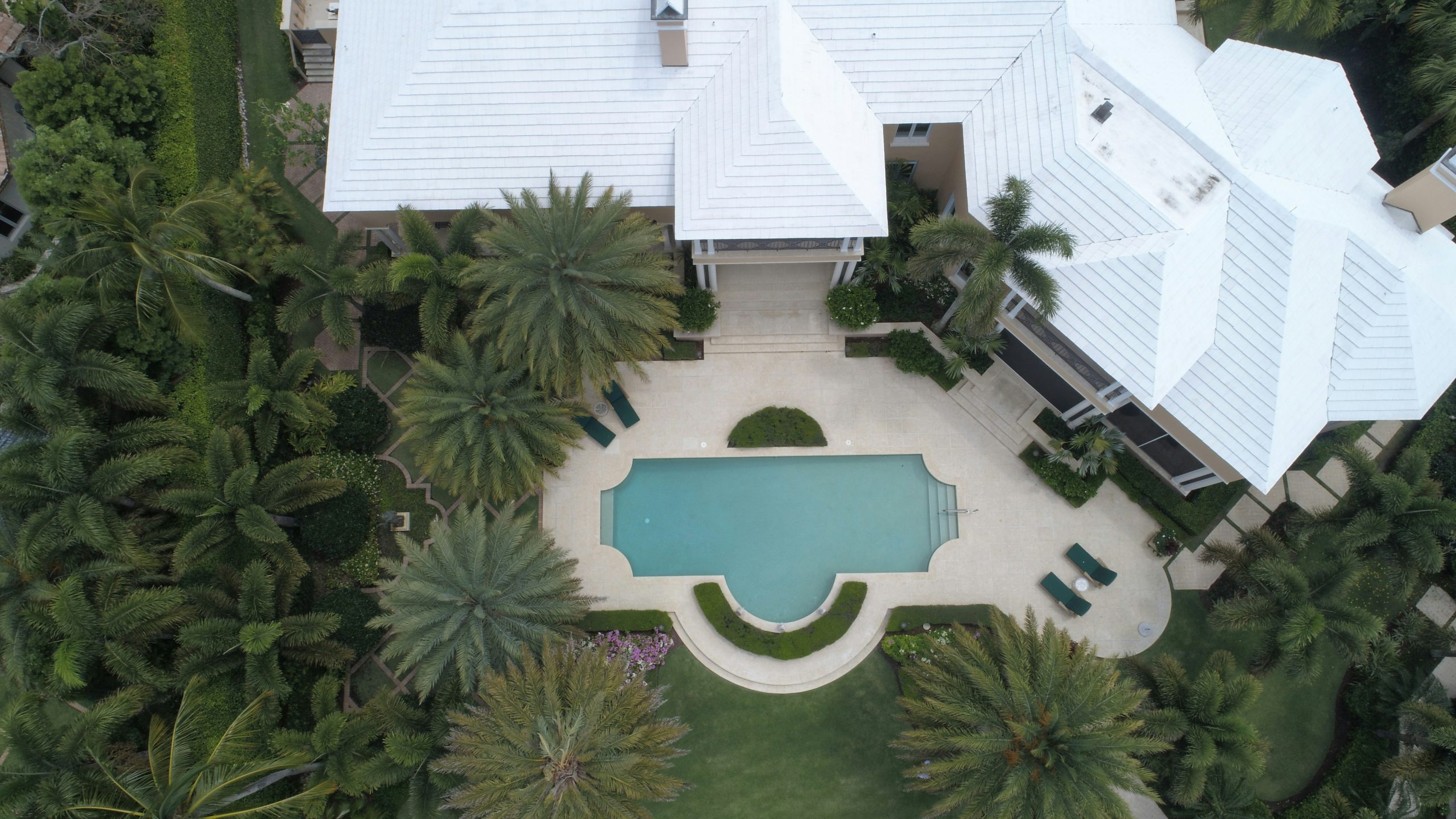Essential Guidelines for Setting Up Home Recording Studios
As more and more musicians and content creators turn to home recording studios, it has become increasingly important to set up a space that is both functional and optimized for quality recordings. Whether you are a beginner looking to create your first home studio or a seasoned pro looking to improve your setup, there are essential guidelines that can help ensure your recordings sound professional and meet industry standards. In this article, we will discuss the key elements to consider when setting up your home recording studio to help you achieve the best results possible.
Understanding the Purpose of Your Studio
Before diving into the specifics of setting up your home recording studio, it is important to first understand the purpose of your studio. Are you primarily recording music, podcasts, or voice overs? Will you be recording solo or with a group? Knowing the answers to these questions will help guide your decisions on equipment and layout. For example, a musician will have different needs than a podcaster, and a larger group will require more space and specialized equipment.
Choosing the Right Room
The room you choose for your home recording studio will have a significant impact on the quality of your recordings. Ideally, you want a room with minimal echo and external noise. A small, carpeted room with soundproofing panels is an ideal choice. If you are limited on space, consider setting up in a larger walk-in closet or building a DIY vocal booth. Additionally, make sure the room is well-ventilated and has a comfortable temperature to prevent both equipment and performer fatigue.
Investing in Quality Equipment
One of the most crucial elements of a home recording studio is the equipment. It is essential to invest in quality equipment that will produce professional results. Some essential equipment to consider includes a microphone, audio interface, headphones, and studio monitors. Be sure to research and compare different brands and models to find the best fit for your specific needs and budget. Additionally, investing in a good microphone stand, pop filter, and cables will also contribute to the overall quality of your recordings.
Creating a Functional Workspace
The layout of your home recording studio is another crucial element to consider. You want a functional workspace that allows for an efficient workflow. Some tips include placing your computer, audio interface, and monitors close together for easy access, positioning your microphone away from reflective surfaces, and keeping cables tidy and organized. Also, consider investing in a good desk or table that can accommodate all your equipment and offer ample space for recording and editing.
Setting Up Your Recording Software
Once you have your equipment and workspace set up, it’s time to install and set up your recording software. There are many options available, so it’s worth doing some research to find the best fit for your needs. Popular choices include Pro Tools, Logic Pro, and GarageBand. Ensure that your software is compatible with your equipment and consider investing in a sound card for better audio quality.
Optimizing Your Sound
To achieve professional-sounding recordings, it is essential to optimize your sound. This includes using proper microphone techniques, reducing background noise, and applying post-processing effects such as EQ, compression, and reverb. It is recommended to conduct a few test recordings and experiment with settings to find the best sound for your specific needs.
Maintaining the Studio
Lastly, it is important to maintain your home recording studio to ensure continued quality. This includes regularly cleaning and dusting equipment, storing cables properly, and using surge protectors to prevent electrical damages. It is also beneficial to have regular equipment checks and maintenance to catch any potential issues before they impact your recordings.
Conclusion
Setting up a home recording studio can seem overwhelming, but by following these essential guidelines, you can create a functional and professional space that meets your specific needs. Remember to understand the purpose of your studio, invest in quality equipment, create a functional workspace, set up your recording software, optimize your sound, and maintain your studio regularly. With these tips, you can achieve high-quality recordings that will impress both you and your audience.










